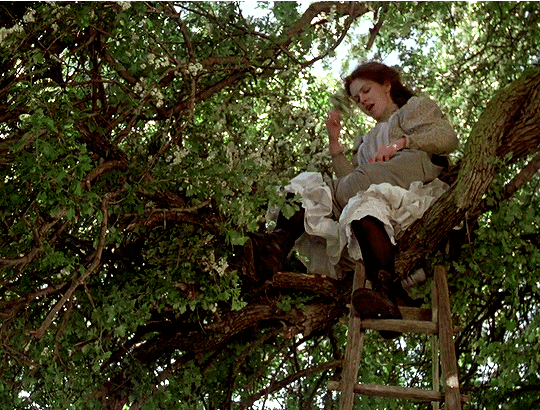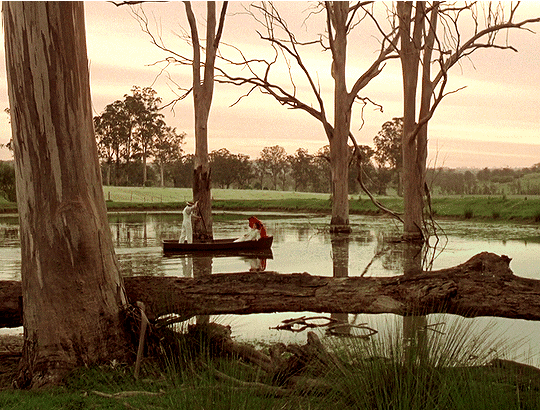Text
I was reading a book (about interjections, oddly enough) yesterday which included the phrase “In these days of political correctness…” talking about no longer making jokes that denigrated people for their culture or for the colour of their skin. And I thought, “That’s not actually anything to do with ‘political correctness’. That’s just treating other people with respect.”
Which made me oddly happy. I started imagining a world in which we replaced the phrase “politically correct” wherever we could with “treating other people with respect”, and it made me smile.
You should try it. It’s peculiarly enlightening.
I know what you’re thinking now. You’re thinking “Oh my god, that’s treating other people with respect gone mad!”
Happy Valentine’s Day.
84K notes
·
View notes
Text

abstract and modern art haters are sooo snobby like klein literally Created an entirely new pigment and then painted a canvas in a way where the brush strokes wouldn't be visible. the insinuation that people with no skill could reproduce that is so annoying because unless you are skilled at color mixing and painting you definitely couldn’t lmao
155K notes
·
View notes
Text
Bisan's recent post. I think it's important for you to read it. Tonight 03.12.23, journalists in gaza share their last messages. There are no words to describe the horrors unfolding in gaza right now.

I no longer have any hope of survival like I had at the beginning of this genocide, and I am certain that I will die in the next few weeks or maybe days. I have been sick with severe viral infection for days and cannot move from the mattress!
I suffer from nightmares that are so closely resemble reality that I no longer differentiate between reality and dream.
I live in a world other than the one I claimed to be building! I am a community activist who lived on the fantasy that the world was free and just, and I sought to bring rights not only to my people, but to many men and women in third world countries!
I was shocked that I was not from the third world! Indeed, we are the most humane and moral! Yes, because the world approves, supports, and finances the genocide we are being subjected to, legislates it, and gives reasons for for 58 days! While we are a people who have been living on occupied land for 75 years and are still searching for our rights and communicating our voice to the world!
My message to the world: You are not innocent of what is happening to us, you as governments or peoples that support Israel’s annihilation of my people. We will not forgive you, we will not forgive you, humanity will not forgive you, we will not forget, even if we die, the history will never forget .
A Message to friends: Thank you and the supporters around the world. You have been compassionate and very strong. We ask you not to lose hope, even if the world seems completely unfair and your efforts have not yet resulted in a ceasefire.
59K notes
·
View notes
Text

it was never about hamas. not for a single second was any bit of this latest chapter of israels genocide over palestinians about hamas. never let anyone convince you of that. it was about killing people. israel from day one set out to kill palestinian people, as many as possible, and the us happily helped out, approved by media and celebrities and everyone that looked away. internet was cut off for everyone in gaza. we might only find out the horror of whats happening there right now once its way too late to prevent this already incomprehensible terror from growing into something none of us will ever get to walk away from while we're alive.
14K notes
·
View notes
Text

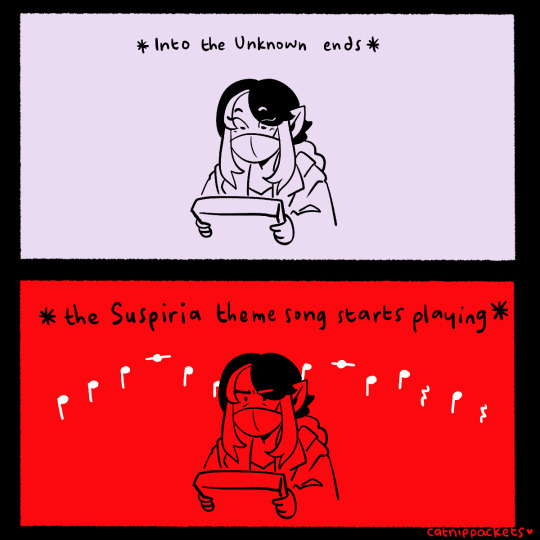

visual representation of what happened to me this morning
31K notes
·
View notes
Text
37. J. Eric Holmes - Dungeons & Dragons Basic Rules (1977)

In 1977 the Basic Set of D&D finally came out, an update to the original three booklets, this also came in a box-set, including geomorphs, treasure lists, all of which had already been published before, as well as a set of polyhedral dice and, most importantly, the Basic D&D Rules.

Written by J. Eric Holmes, updating and streamlining the original rules, as well as including material from the supplements, mainly Greyhawk as well as things such as Alignment rules that came out in TSR periodicals, this is meant to be the essential rules for players from level 1 to 3, if you want to go further you were supposed to get into the upcoming Advanced D&D rules. These weren't out yet, but would be soon.

It's actually a pretty good rulebook for D&D, much easier to read and understand than the original rules, as it has left all references to Chainmail wargaming behind, it has pretty much anything that you would need to start playing. From character creation, to monsters, to treasure, to a cool little sample dungeon to start you and your players out. I am sure this immensely broadened the appeal of D&D, with such a neat little set of rules all together in one place and aimed at a young audience.

25 notes
·
View notes
Text
29. Various Authors - The Dragon #6 (April 1977)

With a great cover, issue 6 of The Dragon is not particularly heavy in terms of D&D content, with a couple of large articles on James M. Ward's Science Fiction TTRPG Metamorphosis Alpha, the first Sci-Fi game of the kind, as well as a large Painting Guide for Empire of the Petal Throne miniatures, there is not much space left.

Some of that space is also taken up by the fiction articles, one of them not related to D&D, Morno's The Forest of Flame, and the other being the sixth installment of Gygax's Greyhawk set The Gnome Cache. So that last one is D&D content, at least. However, D&D players don't come out of this issue with only this fictional chapter.

There is an article on Sea Trade in D&D campaigns, setting out rules on how to set up a shipping business, basically... which is of questionable usefulness for the average D&D player or DM, but you know... someone might conceivably use the game as a sea trade simulator... for some reason. Other articles cover Psionics rules and Morale rules. Finally and more exciting than these two articles you get a cool new creature with a full page painting of it, the Death Angel, a single minded envoy of death, set on killing a specific target. Light on D&D content, but still fun.

16 notes
·
View notes
Text
28. Various Authors - The Dragon #5 (March 1977)

After a Petal Throne heavy issue 4, we are back to the regular programming with issue five, and the first one of 1977. The issue starts with some good news, Dragon has moved from a 6 a year thing to a 8 time a year. It would not be enough and soon it would become monthly. What is clearly also happening is the fact that Little Wars, the historic wargaming companion magazine to Dragon, is clearly not selling well, and TSR is figuring out that they spend their time and money better by investing in D&D, which is really outperforming all their other products.

As additional content for D&D we get an extensive but anonymous article on introducing witchcraft into the game. Some anonymous source went really deep into creating a whole lore and social structure to the witches as well as new spells and different kinds of good and evil witches. There's some actually interesting stuff here, which could and should be streamlined, but it's an interesting article and addition to the rules. You also get tables for Wizard researching times and expenses, which are fun little customizations.

This issue also marks the first appearance of the Anhkeg, (which, coincidentally, I just used as a monster in a session I DMed today, stars align), with a really fun drawing of the monster, probably the best bit of art to grace Dragon until now. An extremely long Gardner Fox story is also featured as is a discussion of the relative player levels of Lord of the Rings characters... Gandalf is only level 5, apparently. Gygax's Gnome Cache continues in this issue, the first D&D (Greyhawk) set fiction, but the first of many.

3 notes
·
View notes
Text
26. Various Authors - The Dragon #4 (December 1976)
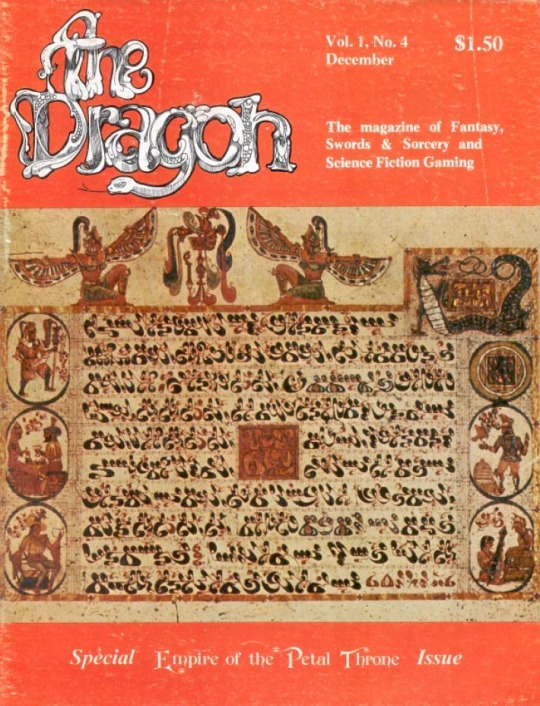
The fourth issue of Dragon and the last of 1976 is a special issue dedicated to Empire of the Petal Throne, another D&D-like game developed by M.A.R. Baker, a linguist, game designer and man that we now know also wrote neonazi novels under a pseudonym...so, you know, a complex figure?
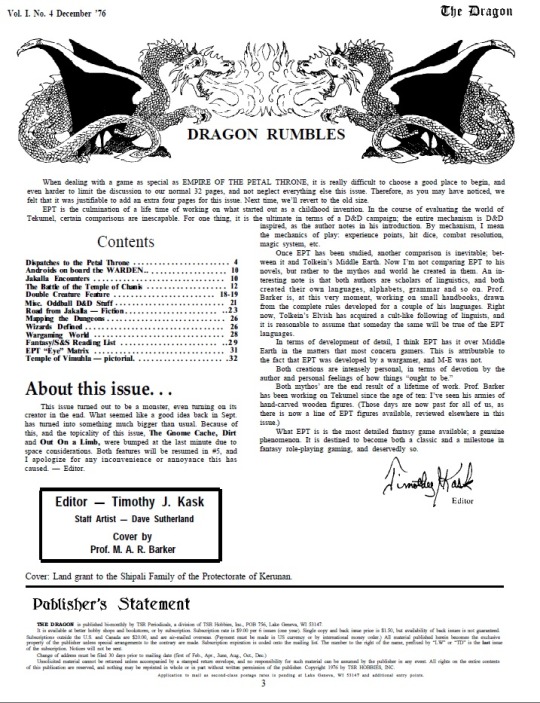
Anyway, because it is an EPT special issue there is little in terms of D&D content, many of the usual features have been suspended for this issue, the new creature is for EPT, etc. There are only two things of relevance for D&D fans, one being a humorous column with funny monsters and items, while the other is a review of some miniatures for use with D&D. Not much of interest here unless you are into EPT, which I'm not, so I skipped those articles.


7 notes
·
View notes
Text
21. Various Authors - The Dragon #2 (August 1976)

The second issue of Dragon is more a literary magazine than really a D&D magazine, over half the space is taken up with the three short stories that are ongoing, one of them by Gardner Fox, a famous author in his own right, Shadow of a Demon, is simply a Conan story by a different name, fun but without the brilliance of Robert E. Howard. A barbarian, Niall, has to save a girl from an evil magic user in a pretty boiler plate Sword and Sorcery tale. Why is this here? Well the flavor is similar to D&D and I imagine it's just the coup of having a Gardner Fox story for their magazine. If you don't know Gardner Fox, he is most famous for having invented the DC comics multiverse and being the co-creator of Barbara Gordon, The Flash, Hawkman, Doctor Fate, Zatanna and the original Sandman, as well as coming up with the concept of the Justice Society of America, later Justice League.

The other two fiction entries come from the previous issue, the conclusion of Search for the Forbidden Chamber, the D&D parody story by Jake Jaquet, which really outlived its welcome after the first couple of paragraphs, and the continuation of The Gnome Cache, by far the more relevant and interesting of the three stories for D&D fans, written by Gygax and being set in the Greyhawk world.

Outside the literature stuff you get some nifty game mechanics and rules stuff, a whole article on how to setup Monk advancement battles, an article on how to make good Dungeons for your game, a new monster in the Remorhaz and a whole new class for the Magic User, The Alchemist, who can make and cure poison, as well as all kinds of potions and stuff. There's also a short column on an alternative way to determine weapon damage... but it isn't very convincing.

5 notes
·
View notes
Text
18. TSR - The Strategic Preview #4 (1976)

The second issue (although it says 4 because it continues the numbering from Strategic Review) of the TSR inhouse pamphlet isn't particularly relevant to D&D, but it is fun. It starts off by stating that the company has had a coup by adding the miniature gaming magazine Courier to their own magazine Little Wars, but then goes on to give us the fact that TSR has managed to get The Playboy Mansion (at Lake Geneva) as a venue for GenCon X.
That's right, there was a Playboy Club there and a bunch of nerds got to play D&D in the rooms populated by Bunnies and everything... The 70s were a crazy time. Also it shows how TSR and GenCon was an absolute bro club at the time.
5 notes
·
View notes
Text
17. Pete and Judy Kerestan - Palace of the Vampire Queen (1976)

Although there had been previous adventures available as part of tournament games at conventions, like previous year's Tomb of Horrors, and a small incomplete dungeon as a part of the Blackmoore supplement, Palace of the Vampire Queen was the first stand-alone adventure published and sold commercially. Although not produced by TSR it was distributed officially by them.

It's a pretty simple adventure, after a page-long description of the background to the story, we get five levels of dungeon with maps consisting of numbered rooms. This is complemented by a table with each room, monsters in that room and events/treasure in the same room.

As was typical of this time much of the adventure is open to improvisation by the DM. There are plenty of possible story hooks that the DM can make from the people and monsters in the rooms, from a Dwarven princess that needs to be saved, to a Stone Lammasu or a Lawful Conjurer, there is material enough to spin a yarn out of what is essentially a sandbox dungeon. Not the greatest dungeon design and possibly a bit too loose in terms of plot for its own good, it's still a fun curiosity.

8 notes
·
View notes
Text
16. Various Authors - The Dragon #1 (June 1976)

We finally get to the first number of The Dragon Magazine, a magazine that would accompany D&D for most of its life, only changing names when it went online becoming Dragon+ which is still going. As a magazine it isn't very different from The Strategic Review that preceded it, in fact it keeps many of the same columns and even continues series started in SR.

It's easy to tell that this was a more expensive and serious magazine, in the first place it is now a whopping 30 pages. It also has a group of elite contributors, like Fritz Leiber writing a piece on his universe of Lankhmar. There's also a couple of fiction sections, with one humorous story (which frankly isn't that funny) and a pretty compelling start of an adventure with Garrison Ernst's The Gnome Cache.

Strangely enough for the first issue of The Dragon, there isn't so much time spent on D&D in this one. There are articles on how magic and science interact in D&D, about languages and language learning in the game, another on how to create wilderness scenarios and, most importantly a new beastie: The Bullette, a classic. Another article gives us the beginning of what would become skill checks with "How to Use Non-Prime Requisite Character Attributes" by Wesley D. Ives, a really complicated system for what is now actually as simple as rolling a d20 against your ability, but ok. Most of the rest of the magazine is used up with other games, particularly miniature ones with a long recreation of Tolkien's Battle of Five Armies, and game reviews.

4 notes
·
View notes
Text
15. TSR - The Strategic Preview #3 (1976)

As a small curiosity without being really an impactful publication in the history of DnD, after the end of The Strategic Review, as the publication split into the Fantasy themed The Dragon and the historical miniature wargaming Little Wars, TSR published The Strategic Preview briefly, for only three issues.
This issue starts with “number 3” because it is following on from The Strategic Review which finished with Vol. II #2, earlier in the year. This is meant to be a little A4 page printed on both sides, although I only have access to the front page of the three issues, so I can’t talk about what is on the back, although I imagine it has coupons for TSR products (according to the text in the front).
In this short page they announce the arrival of this publication and also the Eldritch Wizardry supplement. This was mainly the function of Strategic Preview, to keep people abreast of new releases, particularly as these would be included in the subscription packages for The Dragon and Little Wars, keeping each subscriber aware of releases that were perhaps being discussed in the other magazine.
3 notes
·
View notes
Text
13. Various Authors - The Strategic Review #7 (April 1976)
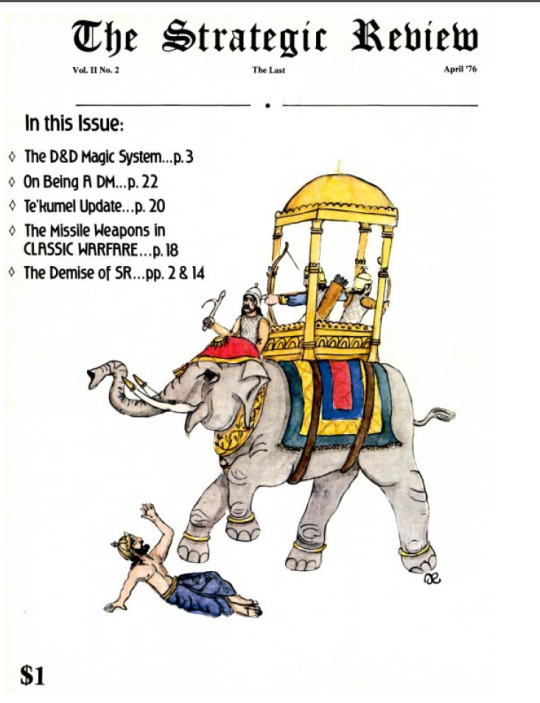
We finally reach the last issue of The Strategic Review, right at the start of the magazine Tim Kask, in the "In the Cauldron" column, explains what will happen. The sudden success of Dungeons & Dragons and to a lesser extent Empire of the Petal Throne have not only taken over most of the SR magazine, but they are threatening to displace traditional miniature war games. As such Strategic Review will become Dragon magazine, solely dedicated to Fantasy and Science Fiction gaming, while another magazine, Little Wars, will come out catering to that other war games market. So, the next issue will be Dragon Magazine #1!

There are a bunch of articles of interest to D&D players here, a Gary Gygax article on the logic and influences behind D&D's Magic System, an article by Joe Fischer on how to build a homebase town for adventure parties, three new items and two new monsters (Denebian Slime Devil, which is actually a Star Trek reference, and the Catoblepas), and finally another article by Gygax on how to be a good DM, mainly about how the DM should take his time in levelling characters. He describes people who already have characters at level 40ish, which is frankly crazy for a game that had come out 2 years earlier.

It really makes sense that The Strategic Review comes to an end by this time, D&D has grown much faster and further than TSR would have thought possible, and as it goes so does the company, it has by now become their calling card. There is a need and a demand for more D&D content and therefore a magazine which is double the size of Strategic Review solely dedicated to D&D makes all sense.

3 notes
·
View notes


